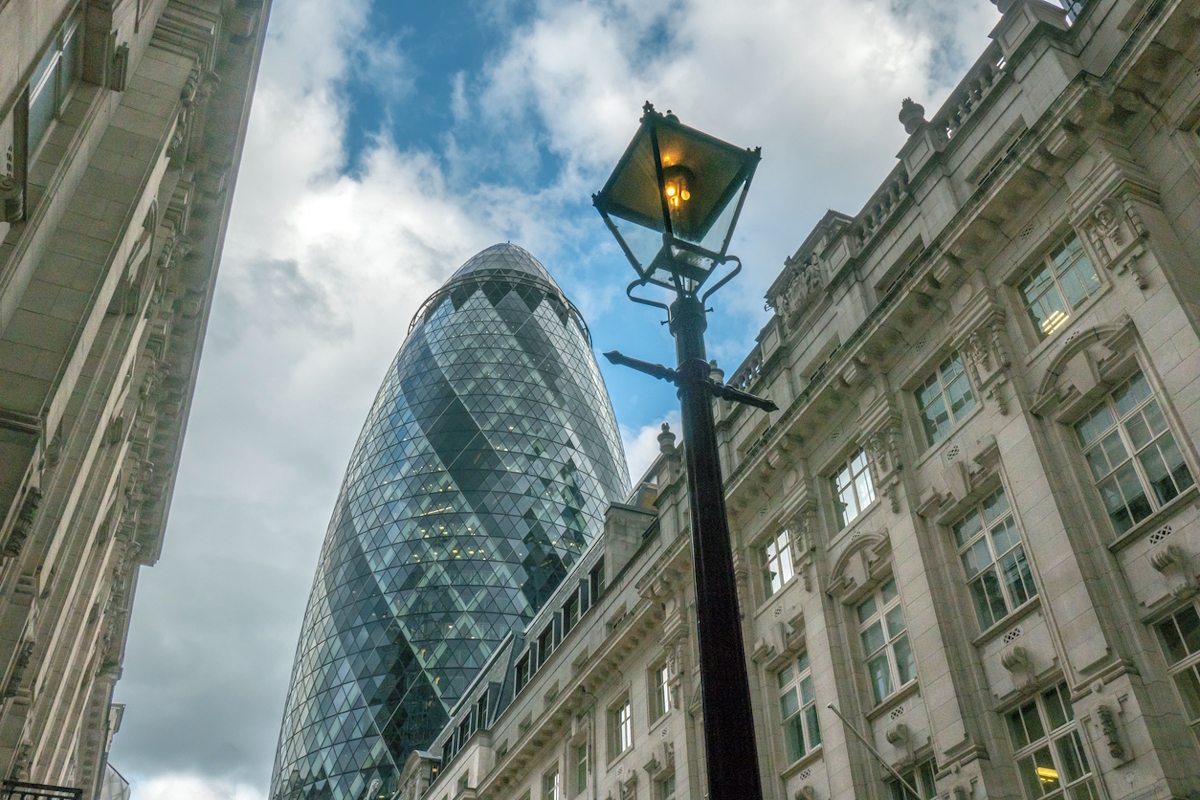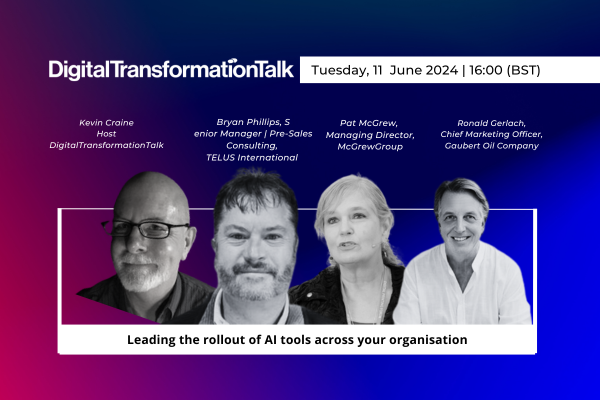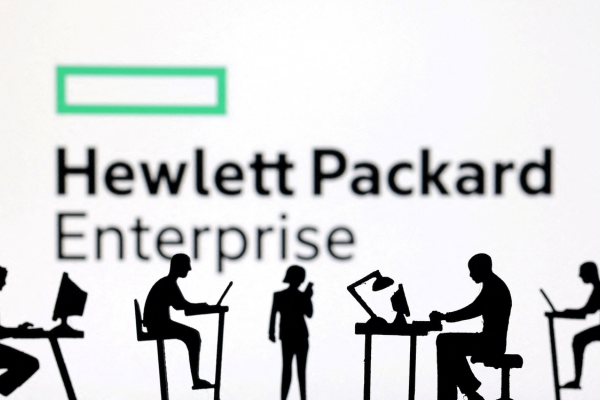Turning London into a zero-carbon city

During London Climate Action Week, Jamie Cameron at Johnson Controls considers how the capital needs to transform itself to vecome zero carbon
The share of carbon emissions resulting from buildings is higher in London than in any major city in the world. At 76%, the UK capital stands considerably above the 60% median value of a host of massive urban centres including New York, Tokyo and Shanghai.
A survey from the Greater London Authority found that the capital’s buildings emit four fifths of its emissions. It’s a breathtaking finding which underlines the core role the urban environment can play in making a real impact on climate progress.
London is a historic city that I have lived in and loved all my life. Its unique backdrop presents a building stock like no other, from Edwardian theatres to towering skyscrapers to Baroque cathedrals.
Achieving net zero in this capital city may seem complex but is within reach. We have the technology today to deliver a double bottom line benefit — dramatically cutting carbon and costs. In office and apartment complexes in London today, the powerful combination of efficiency, electrification and digitalisation is reinventing buildings into smart, healthy, and sustainable assets.
Initiatives such as the Mayor of London’s Retrofit Accelerator are recognising the potential of new technologies to transform the capital’s diverse range of buildings, from schools to universities to hospitals. Digital technologies continue to prove their worth with real savings achieved, measured, and verified through the energy reductions from higher efficiency.
Plus, innovations in business models, such as Net-Zero-as-a-Service, are enabling organisations to immediately access the latest technologies without the need for upfront investment. This is a game-changer to accelerate progress.
Business leaders are catching on too. A recent Forrester study highlights that business decision-makers currently view sustainability as one of their three top business priorities, with decarbonising buildings identified as a key component to reach net zero goals.
This London Climate Action Week presents an opportunity to communicate that the technology exists today to make a real impact. Collaboration, simplicity, and education will be three fundamental principles to stick to in London’s journey to becoming a global zero carbon city.
Collaboration is integral to build trust
Understandably, buy-in for businesses often stems from recognition that they must comply with regulatory standards and government policies. They also want to have confidence that investment into green tech won’t negatively impact their bottom line.
Efforts such as the Sustainable Markets Initiative, launched by King Charles at the World Economic Forum in 2020 and where Johnson Controls CEO George Oliver chairs the Sustainable Buildings Taskforce, are uniting leading organisations from industry to financial services, along with governments, to reach a sustainable future.
Encouraging such close collaboration is key in bringing the best minds together to help build confidence in green investment, accelerating towards 2030’s ambitious net zero targets. This is especially important given that 73% of sustainability leaders say their organisation currently lacks the technical expertise to optimise building systems.
Businesses can also consider collaborating with expert partners to ensure that plans to decarbonise buildings are both personalised and scalable. Net zero plans that start with small and simple switches, for example, moving from gas boilers to air source heat pumps, are an easy way to demonstrate return on investment.
Successfully executing one initial project can unlock capital, for example through energy savings. This helps to build momentum and foster understanding across the wider business that building transformation isn’t a drain on capital but is in fact about capital preservation.
Simplifying sustainability to drive climate action
Getting London on track to meet national and international climate aims might seem like a daunting prospect. But change can be both simple and meaningful, and it doesn’t need to happen all at once.
Energy reduction can start from local solutions. Switching to air source heat pumps, installing solar panels and implementing LED transformation can translate to a 50% reduction in cost. On-site energy production and the use of LEDs are able to offset the increase in electricity use.
Building management systems can help to baseline, measure, and bring together a wealth of data into a single ‘pane of glass’, for a simplified view of energy consumption. Accessible data ensures the unique needs of every building are clearly understood, so feasible net zero plans become far easier to create and implement.
With the right financing and tech partner, building owners can lower capital outlays and move to smart services – meaning that they can carry out building upgrades faster and with less risk. They can spread the cost and implement changes in stages, using energy savings at each stage to help fund projects, making the transition to sustainable buildings simpler and more accessible.
In some cases, where building systems are quite old, for example, the energy savings can even bring paybacks above project costs. This is especially important for the UK, where almost a third of commercial properties are also historical sites.
Filling the green skills gap
Decarbonising the UK’s capital requires news ways of thinking about building decarbonisation. This includes building sustainability into job descriptions throughout organisations. This will ensure net zero plans are embedded into how organisations do business, vitally increasing the education of, and buy-in from, both internal and external stakeholders.
Upskilling workers and equipping the next generation with sustainability skills is imperative to building a cleaner, greener economy and in instigating genuine buy-in to climate action across London’s boroughs, the UK, and the world. Fostering the next generation of talent will ensure we are primed to capitalise on the opportunity offered by green tech, with the sector projected to reach a value of £36 billion by 2026.
One of the major obstacles to a green transition is that there aren’t enough skilled workers to fit the volume of new equipment and systems needed to meet net zero goals. Currently, there is a huge skills shortage for technical engineers that can carry out skilled trades work such as connecting pipes and installing electrical connections, as well as employees who can help design and implement net zero strategies.
Upskilling initiatives, such as literacy workshops on digital transformation and decarbonisation, play an important role in fostering the next generation of talent. Crucially, learning schemes also raise global awareness about new systems and all the benefits they have to offer. Armed with knowledge, and backed with commitment and drive, it will be possible to mobilise leaders and communities to realise a net zero future for all.
Winning the race to net zero by 2030
Though momentum around energy efficient new builds is increasing, the reality is that 80% of the buildings that will be standing in 2050 have already been built. Businesses should look at elements within their existing architecture, such as gas heating and legacy infrastructure, and work with partners to identify simple switches for maximum impact on efficiency.
Improved technology can range from the local to the global, such as switching from gas boilers to air source heat pumps, installing solar panels and implementing LED transformation. Innovations in business models, such as net zero-as-a-service, are enabling organisations to immediately access these technologies without the need for upfront investment.
To make London a net zero city by 2030, leaders will need to continue to collaborate closely with government bodies and draw on the knowledge of expert partners, to accelerate towards a common goal. Genuine commitment and collaboration across all industries will drive new decisions and initiatives, such as innovative financing structures to retrofit older buildings.
With collaboration comes understanding; when everyone understands what is possible, they are more likely to understand what tools they need to make change happen.
With the right people, processes, and technology in place, we can capitalise on the opportunity offered by London’s buildings and deliver net zero strategies with longevity for generations to come.
Jamie Cameron is Director EMEALA at Johnson Controls
Main image courtesy of iStockPhoto.com and jacquesvandinteren

Business Reporter Team
Most Viewed
23-29 Hendon Lane, London, N3 1RT
23-29 Hendon Lane, London, N3 1RT
020 8349 4363
© 2024, Lyonsdown Limited. Business Reporter® is a registered trademark of Lyonsdown Ltd. VAT registration number: 830519543





